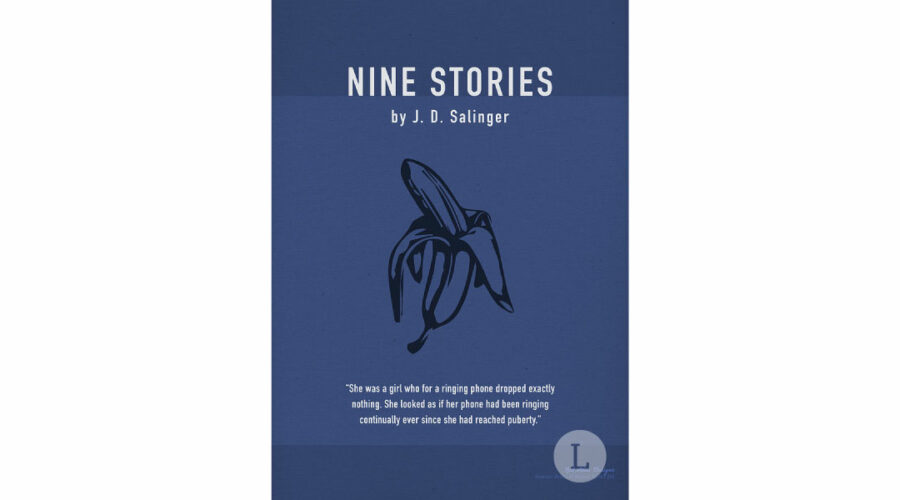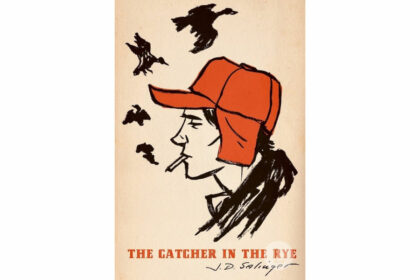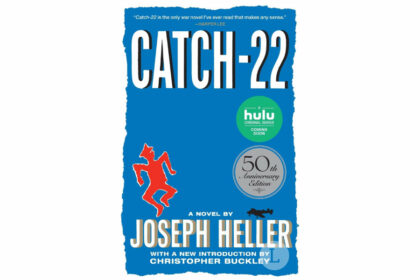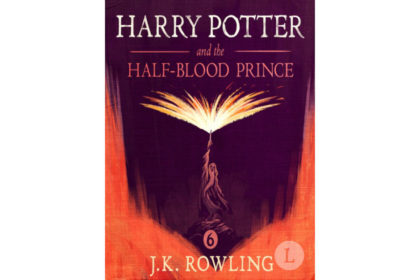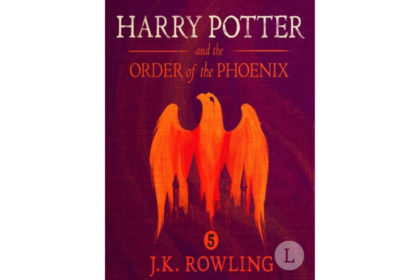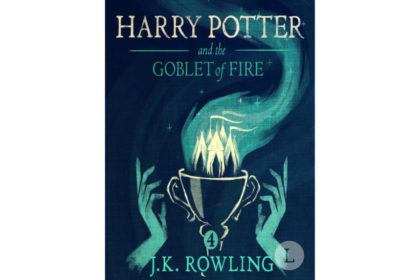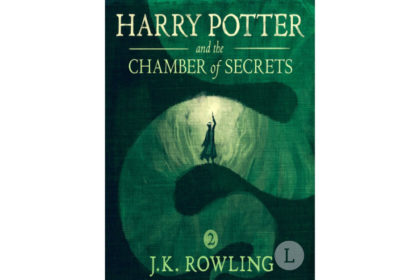Nine Stories is a collection of short stories by J.D. Salinger, a critically acclaimed author best known for his novel The Catcher in the Rye. The nine stories in this collection, which were originally published between 1948 and 1953, showcase …
J. D. Salinger: Nine Stories
